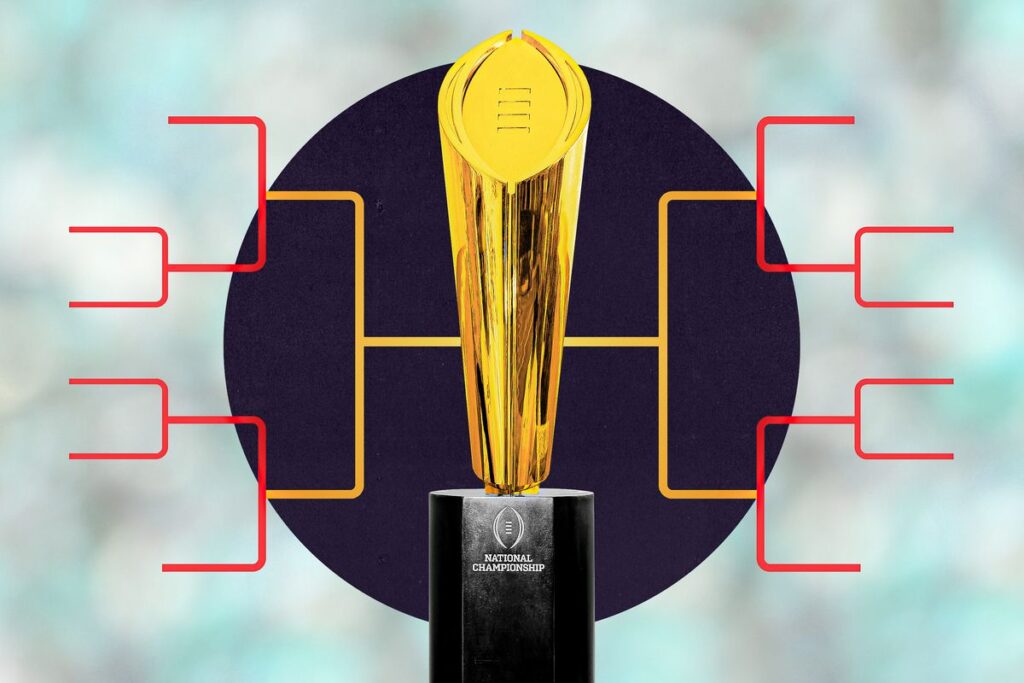
How will the introduction of a 12-team playoff impact Michigan and the broader landscape of college football?
Whether you embrace it or not, we’ve officially entered the era of the 12-team playoff. Personally, I’m eager to witness the unfolding of this new format. While I hold a deep appreciation for the rich history of college football, I’m ready to embrace and establish new traditions, and this change promises to deliver unforgettable games. Let’s delve into the decision-making process for team selections, game locations, and the seeding structure.
To begin, let’s explore the concept of automatic bids and at-large teams. The top four seeds will be awarded to the four highest-ranked conference champions. Assuming approval, the top five conference champions are assured a spot, along with the seven highest-ranked teams determined by the committee, who will secure at-large bids.
The initial round will involve the top four teams enjoying a bye week, while teams ranked 5th to 12th will engage in a first-round game hosted at the higher-seeded team’s home stadium. The prospect of the first round is particularly thrilling, as it is expected to showcase compelling matchups. Imagine witnessing SEC teams contending in Big Ten stadiums amid snowfall or Big Ten teams venturing into the heart of the SEC, aiming to assert conference supremacy.
These scenarios are just a glimpse of the diverse and unique games that the expanded playoff format will bring. This aspect is particularly exhilarating for two reasons: firstly, it guarantees annual clashes between top-tier college football teams from power conferences, and secondly… [the text is incomplete].





